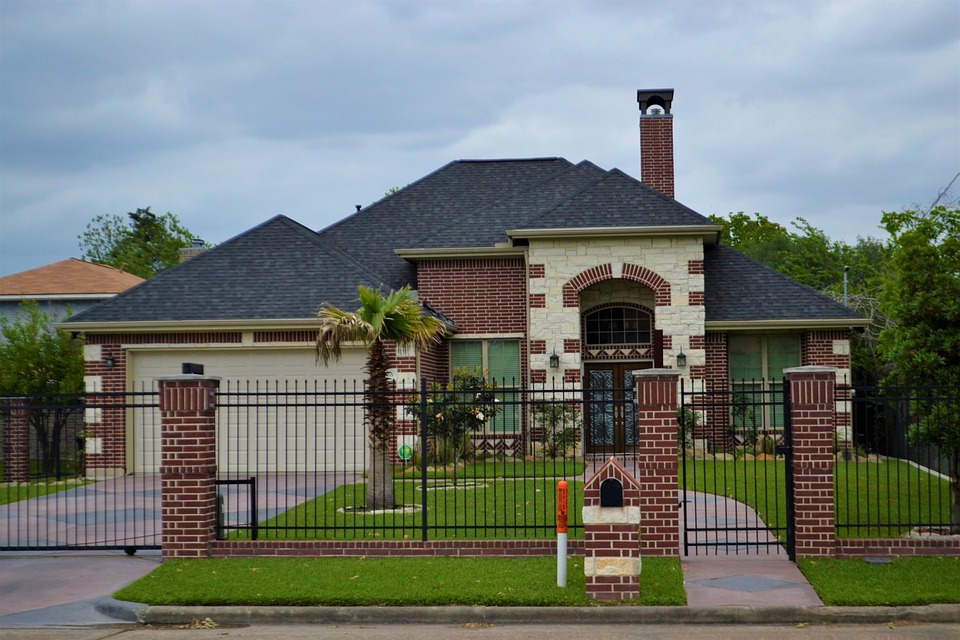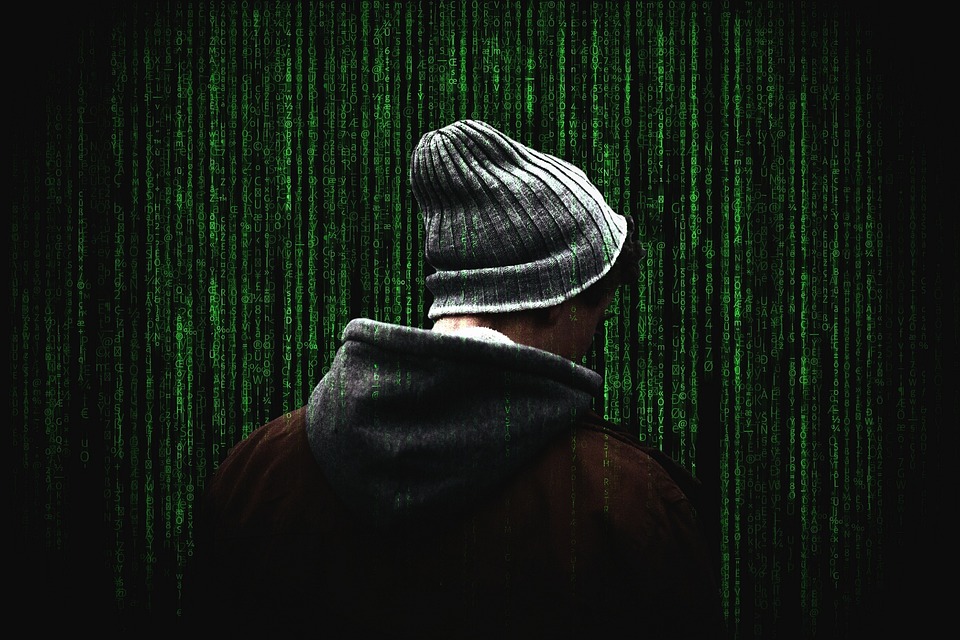Physical security technology is a broad term that encompasses a variety of tools and systems used to protect people, property, and information from unauthorized access. It includes everything from locks and alarms to surveillance cameras and biometric scanners. While physical security technology can be an effective way to deter crime and protect assets, it also has its drawbacks. In this article, we’ll explore the pros and cons of physical security technology.
Pros
The primary benefit of physical security technology is that it can deter crime. By making it more difficult for criminals to gain access to a property or facility, physical security technology can help reduce the risk of theft, vandalism, and other criminal activities. Additionally, physical security technology can help protect people and property from natural disasters, such as floods and fires.
Physical security technology can also be used to monitor activity on a property or facility. Surveillance cameras, for example, can be used to monitor the comings and goings of people and vehicles. This can help to identify suspicious activity and alert authorities if necessary.
Finally, physical security technology can be used to control access to a property or facility. Biometric scanners, for example, can be used to restrict access to certain areas to authorized personnel only. This can help to protect sensitive information and assets from unauthorized access.
Cons
One of the primary drawbacks of physical security technology is that it can be expensive to install and maintain. Additionally, physical security technology can be vulnerable to tampering and sabotage. For example, locks can be picked and surveillance cameras can be disabled.
Physical security technology can also be intrusive. Surveillance cameras, for example, can make people feel like they are being watched, which can be uncomfortable. Additionally, biometric scanners can be seen as an invasion of privacy.
Finally, physical security technology can be ineffective if it is not properly monitored. For example, surveillance cameras can be used to monitor activity on a property or facility, but if the footage is not regularly reviewed, it can be difficult to identify suspicious activity.
Conclusion
Physical security technology can be an effective way to deter crime and protect people, property, and information from unauthorized access. However, it can also be expensive to install and maintain, vulnerable to tampering and sabotage, intrusive, and ineffective if not properly monitored. Ultimately, the decision to use physical security technology should be based on an assessment of the risks and benefits.























